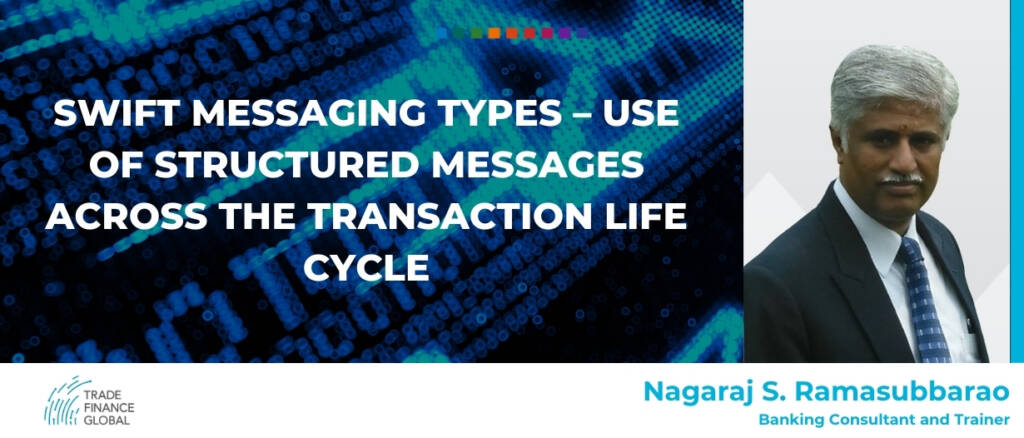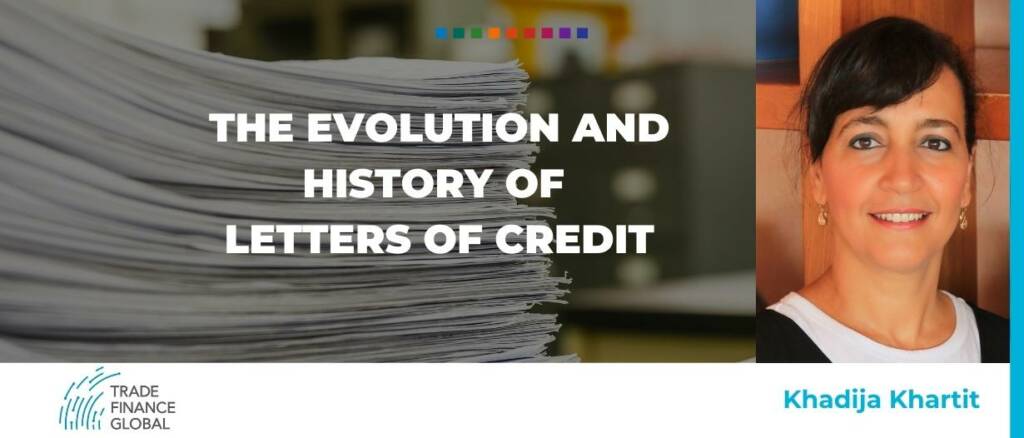Estimated reading time: 3 minutes
It’s around two weeks until the SWIFT Standards Release 2021, which is one of the items seemingly on everyone’s lips.
Here’s what you should know about the change going live on November 21st.
The SWIFT messaging standards are used to send messages between banks, and to some corporates as well.
Bank guarantee messages have, until now, mainly consisted of a single, long narrative field, which has contained everything from greetings, instructions to the other bank, contact details, along with the guarantee and potential counter-guarantee wording, amount and expiry information.
Changes to MT 760, MT 767
Going forward, the MT 760 demand guarantee and standby issuance message, and the MT 767 amendment message, will have dedicated fields for certain parties (like the applicant and beneficiary), the undertaking amount, as well as many other aspects.
Think along the lines of how the MT 700 letter of credit (LC) issuance message looked before the 2018 updates, but with guarantee content. This will eventually allow for more automation.
Dependent undertakings, such as sureties and Bürgschafts, can no longer use the MT 760 format, but will instead be sent using another message type (MT 759, if you are interested), which actually means there won’t be any real change to how the message will look: it will be a big narrative text as before.
Standbys, however, will need to be issued using MT 760 going forward, as using an MT 700 to issue standbys will be prohibited.
Fortunately, if you are the applicant, you need not worry. Your bank will take care of sending out the message in the correct format.
As a guarantee or standby beneficiary, you might see the change in some guarantees in your favour, but again, your bank will be able to help.
The exception, of course, is if you are communicating direct via the SWIFT network, in which case your software provider should be ready with the changes by now.
Interesting Read: SWIFT Messaging Types – Use of structured messages across the Transaction Life Cycle

Specific message types
There are also specific message types introduced for demands for payment and rejecting a demand, as well as a message type to tell the issuer whether the beneficiary accepted or rejected an amendment.
This aims to standardise workflows and enable automation, which will benefit all parties by simplifying the handling and reducing ambiguity.
The coming years will tell whether demand guarantees and standbys start to become more standardised instruments with less narrative, much like commercial LCs today, or whether banks will continue adding a lot of text into the fields where it is permitted.
Banks are of course not in this alone, as the common practice is steered by the customers: in contract negotiations, instead of lengthy multi-page guarantee drafts, consider if you could do something simple, and trust the ICC’s URDG 758 or ISP 98 rulesets to set an acceptable baseline for both buyer and seller alike.































